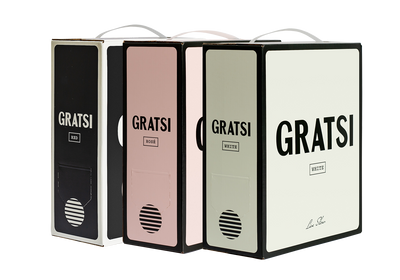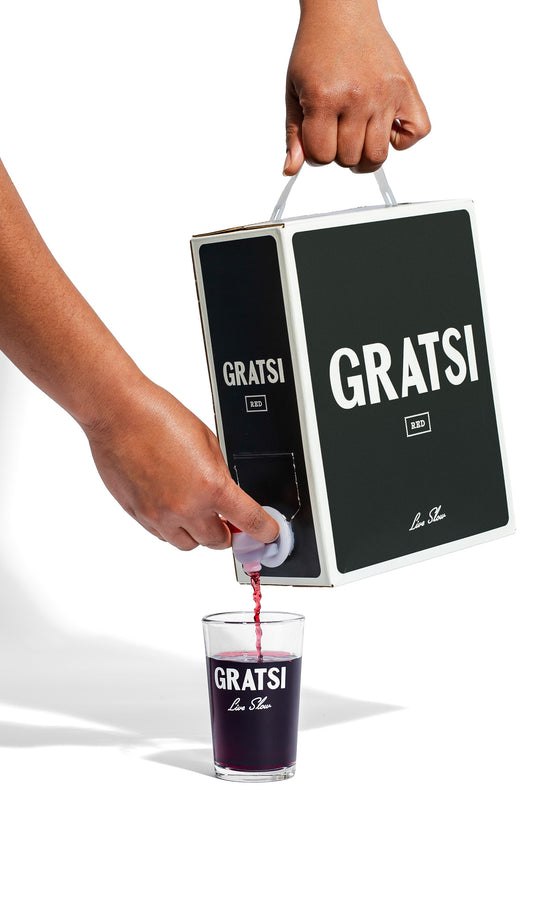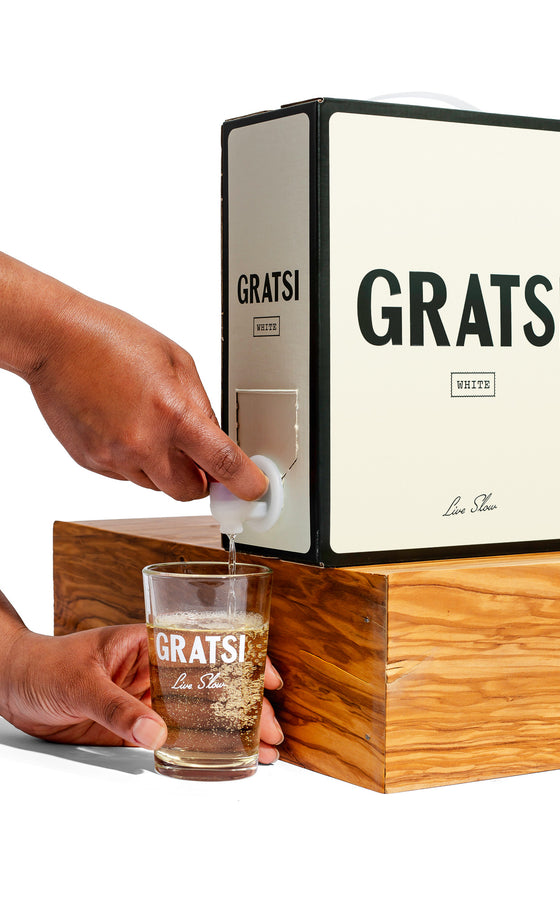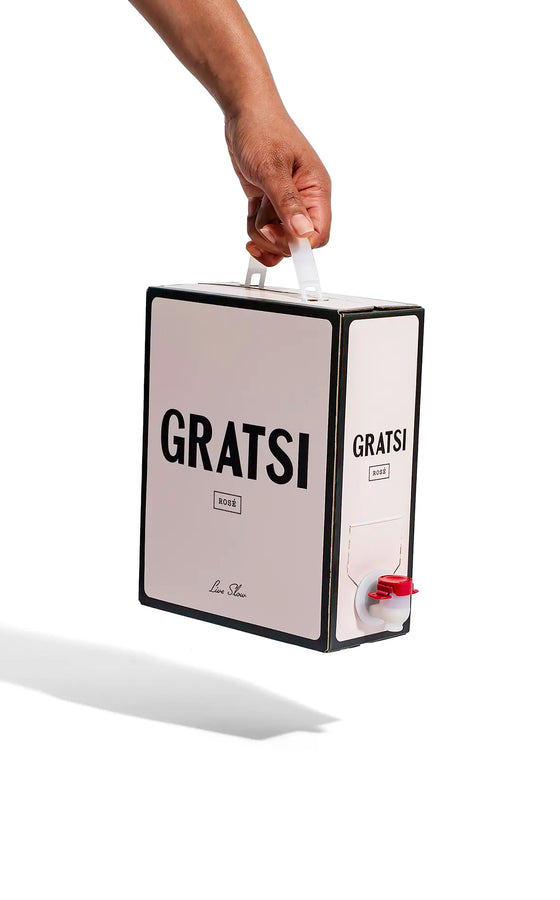Boxed Wine vs. Bottled Wine: Why the Box Wins Every Time
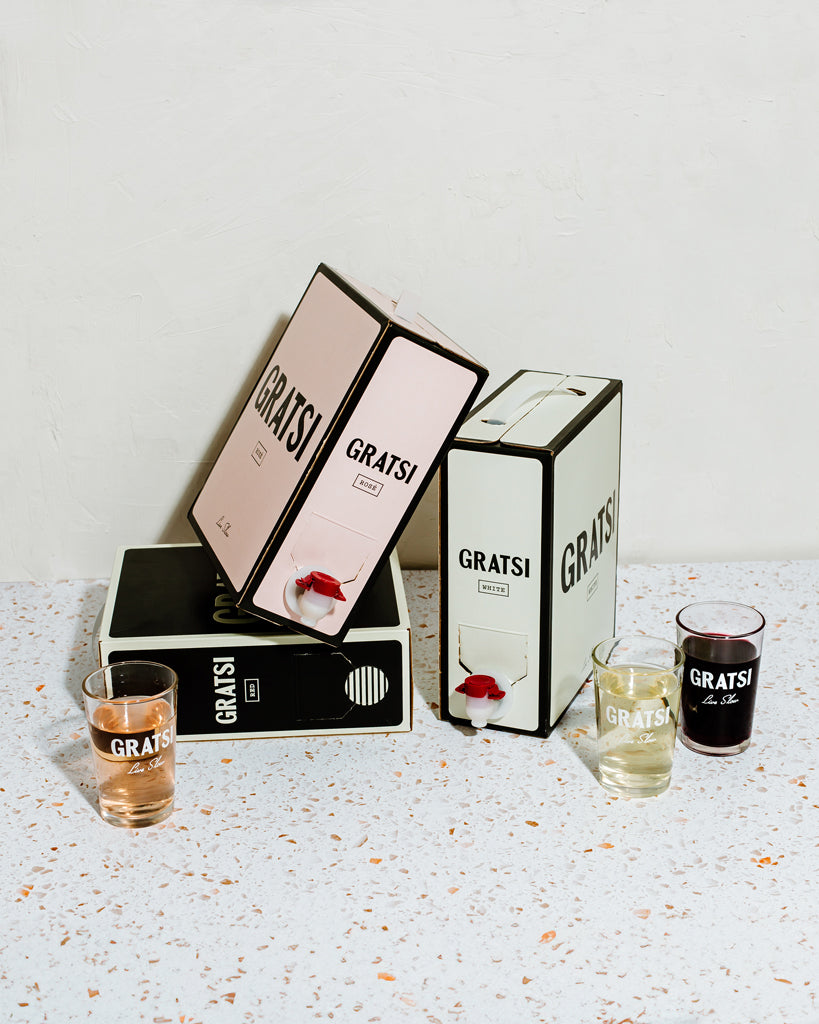
What’s The Difference?
Boxed Wine vs. Bottled Wine: Why the Box Wins Every Time
By A M
August 23, 2021
For decades, the clink of a glass bottle has been synonymous with wine culture. Bottled wine is what we see in cellars, on restaurant tables, and in romantic movie scenes. It’s been marketed as the only “real” way to enjoy wine — the hallmark of sophistication and tradition. But here’s the thing: tradition doesn’t always mean better. In fact, when it comes to convenience, sustainability, value, and even quality, boxed wine has quietly become the smarter, more modern choice.
And no, we’re not talking about the cheap, headache-inducing stuff you remember from college parties. Today’s boxed wine — especially premium, European-made options like Gratsi — is changing the conversation entirely. From the vineyards to your table, it’s reshaping how we think about wine, how we drink it, and why the old stigma deserves to be left behind.
Understanding Boxed Wine: What It Really Is
Before we dive into the “why,” it’s important to understand the “what.” Boxed wine isn’t a different category of wine. It’s the same fermented grape juice — from the same vineyards, made by the same winemakers — simply delivered in a different package. The key difference is the bag-in-box system: a sealed, airtight pouch of wine housed inside a protective cardboard box.
This isn’t a gimmick — it’s a practical evolution. By eliminating oxygen exposure and reducing packaging waste, this design keeps wine fresher longer and makes it easier to store, transport, and enjoy. In many cases, the only difference between a boxed wine and its bottled counterpart is the container.
And yet, that simple shift changes everything.
A Brief History of Boxed Wine (And Why It’s Finally Having Its Moment)
Boxed wine was invented in the 1960s in Australia as a practical, lightweight alternative to bottles. For decades, it was associated with mass-produced, low-cost wine — a perception that stuck in the U.S. long after quality began to improve. Meanwhile, European and Australian consumers quietly embraced boxed formats for everyday table wine, enjoying the same varietals and blends they once bought in glass.
Fast-forward to today: the global shift toward sustainability, convenience, and mindful consumption has put boxed wine back in the spotlight. Modern packaging technology, better winemaking practices, and consumer demand for value have transformed boxed wine from a “budget buy” into an elevated essential.
Bottled Wine: The Tradition We’re Used To
There’s no denying the romance of bottled wine. It’s how wine has been stored and shared for centuries — a ritual steeped in history. But tradition can sometimes come with baggage.
Glass bottles are heavy, breakable, and inefficient. They require corkscrews, special storage conditions, and once opened, the clock is ticking before oxidation ruins the wine. That’s why most bottles need to be finished within a few days — even the expensive ones.
And let’s not forget cost: you’re often paying for the glass, cork, and label as much as you’re paying for the liquid inside. Bottled wine isn’t inherently better — it’s just what we’ve been taught to expect.
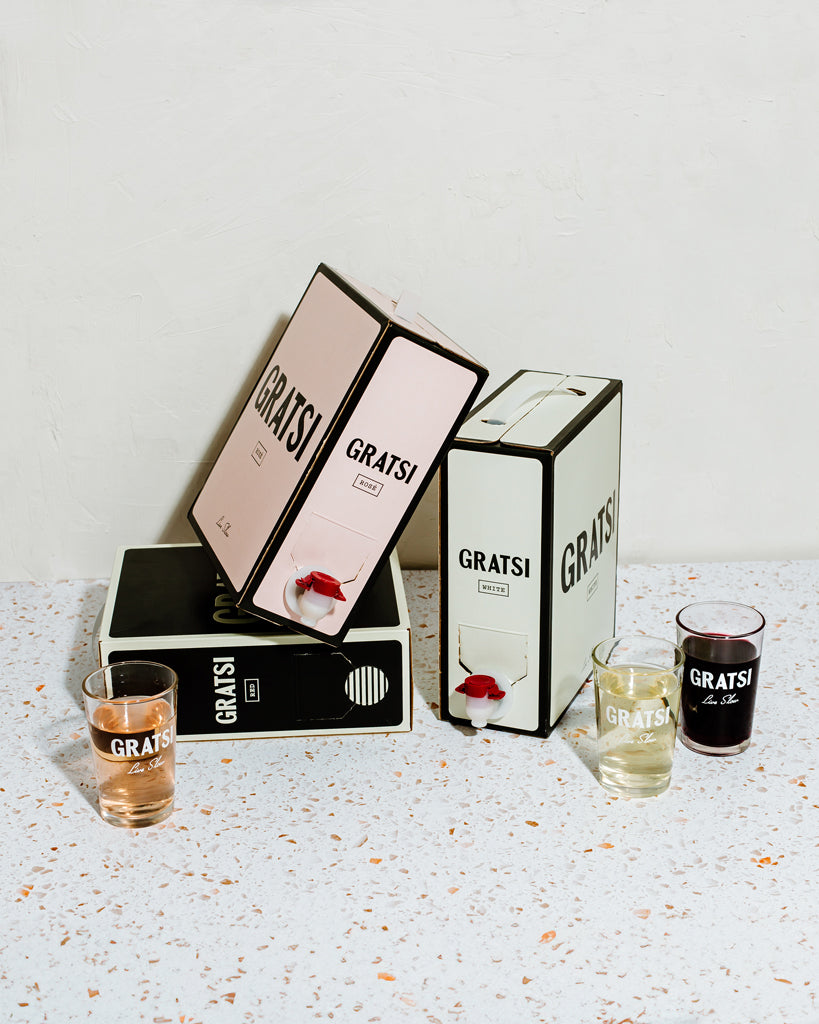
Is Boxed Wine as Good as Bottled?
Let’s tackle the elephant in the room. For years, boxed wine had a reputation problem — but that’s changing fast.
Modern boxed wines, like those from Gratsi, are crafted with the same care, technique, and grape quality as bottled wines. They’re fermented dry, often using classic European varietals and blends, and made to be fruit-forward, balanced, and food-friendly. The difference isn’t the quality — it’s the experience.
Why Quality Isn’t Determined by the Package
Wine quality depends on grape selection, terroir, fermentation, and winemaking — not whether it’s poured from a bottle or a tap. In fact, the airtight environment of a boxed wine often better preserves flavor and freshness, especially for wines meant to be enjoyed young and vibrant (which most table wines are).
Gratsi Red, for example, is a dark ruby blend with juicy berry flavors and savory spice — crafted from Bordeaux varietals and Mediterranean grapes like Grenache and Nero d’Avola. It’s the kind of wine meant for pasta, meat, and long Sunday dinners. There’s nothing “cheap” about it. In fact, Gratsi Red just received a score of 91 from Wine Enthusiast, the highest score ever for a boxed wine on the platform, and beating out nearly every bottled wine near Gratsi’s price per bottle. Gratsi was also recently voted #1 boxed wine by the USA Today.
Value for Money: Boxed Wine Does More With Less
When it comes to pure value, boxed wine wins hands down. A standard box contains 3 liters — the equivalent of four bottles — usually at a lower cost per ounce. You’re not paying for glass, corks, labels, or shipping weight. You’re paying for what matters: the wine itself.
For those who enjoy a glass here and there rather than finishing a bottle in one sitting, boxed wine also reduces waste. Since it stays fresh for weeks, you can pour at your own pace — without guilt over unfinished wine going down the drain.
It’s simple math: more wine, less money, zero compromise.
Freshness That Lasts: Boxed Wine’s Secret Weapon
How Long Does Boxed Wine Last Once Opened?
Here’s where boxed wine really shines: longevity.
Once opened, bottled wine starts to oxidize almost immediately. Even with preservation tools, you’re looking at a lifespan of 3–5 days before the flavor starts to fade. Boxed wine, on the other hand, uses an airtight bag that collapses as you pour, preventing oxygen from ever touching the wine. That means it stays fresh for up to 30 days.
This extended freshness changes how you drink. Want a glass on Tuesday and another two weeks later? No problem. Hosting a dinner party next weekend? The wine you opened last night will still taste just as vibrant.
It’s a small difference with a huge impact — especially for those who drink wine casually or keep it on hand for cooking, pairing, or spontaneous moments.
Sustainability: The Environmental Case for Boxed Wine
If there’s one category where boxed wine completely outclasses bottled wine, it’s sustainability.
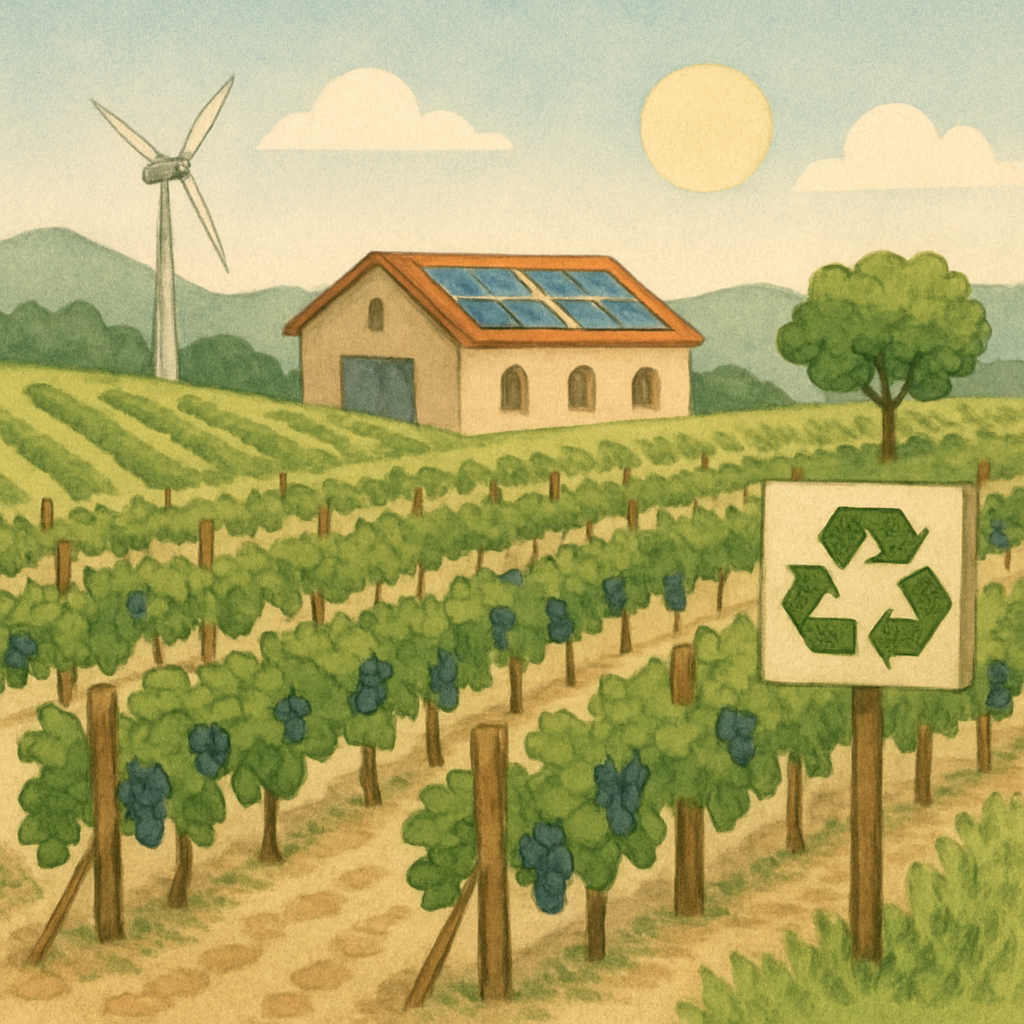
Carbon Footprint and Resource Use
Glass production is energy-intensive and carbon-heavy. It requires high temperatures to produce, is bulky and fragile to transport, and often ends up in landfills. According to some estimates, the carbon footprint of glass packaging is up to 50% higher than that of boxed wine.
Boxed wine, by contrast, uses lightweight cardboard and recyclable materials, drastically cutting emissions during both production and shipping. A truckload of boxed wine can transport significantly more servings per trip than bottled wine, reducing fuel use and greenhouse gas emissions.
Less Waste, More Impact
Then there’s the packaging itself: Gratsi boxed wine uses 85% less waste than bottles and is easier to recycle. And because it stays fresh longer, it also reduces the amount of spoiled wine that ends up poured down the sink.
For a generation of wine drinkers who care as much about the planet as they do about their palate, that’s a big deal. Choosing boxed wine isn’t just a personal preference — it’s a small but meaningful step toward a more sustainable lifestyle.
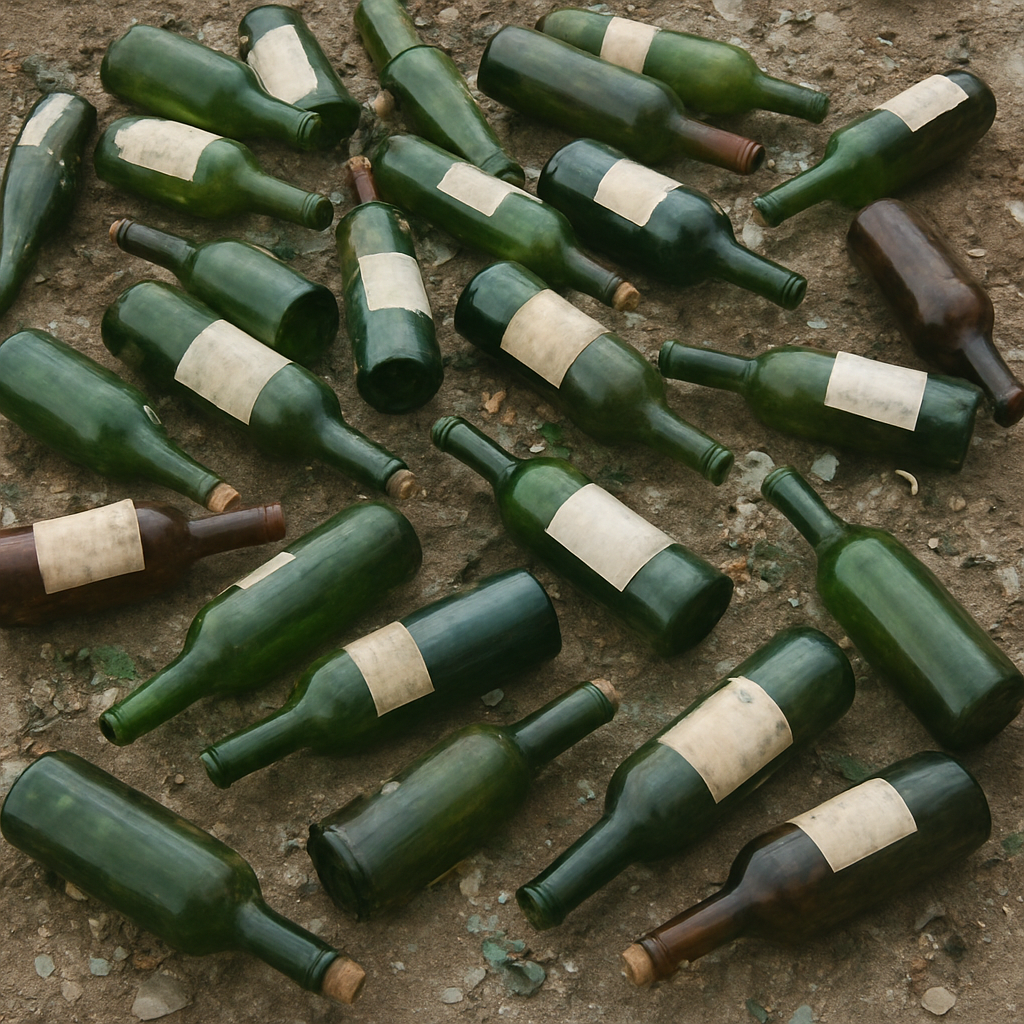
Convenience and Everyday Enjoyment
Wine isn’t just for special occasions. It’s for Thursday dinners, beach picnics, porch sunsets, and weeknight pasta. And in those everyday moments, boxed wine simply makes more sense.
- No corkscrew required. Just pour and enjoy.
- No risk of breakage. Lightweight and shatter-proof.
- Easy to store. Its compact shape fits neatly in the fridge or pantry.
- Perfect for on-the-go. Great for outdoor gatherings, camping, tailgates, and travel.
This ease of use also makes wine more approachable. It strips away the intimidation and gatekeeping that can come with traditional wine culture. As we like to say at Gratsi: good wine should be part of life, not a luxury.
Boxed Wine Myths: Busted
Even as boxed wine gains popularity, a few stubborn myths remain. Let’s clear them up once and for all:
- “Boxed wine is cheap wine.” Not anymore. Many premium producers now offer boxed wines made from the same grapes and regions as high-end bottles.
- “It doesn’t age well.” True — but most wines aren’t meant to age. Over 90% of wine is consumed within a year of bottling, and boxed wine is perfect for that timeline.
- “It tastes different.” The wine inside is the same. In fact, many blind tastings show people can’t tell the difference — and often prefer the boxed version because it’s fresher.
How Many Bottles Are in a Box of Wine?
This is one of the most common questions — and one of boxed wine’s biggest perks. A standard 3L box contains the equivalent of four 750ml bottles of wine. That’s roughly 20 five-ounce glasses — enough for a dinner party, a weekend away, or a month of casual sipping.
When you factor in the price per glass, it’s almost always a better deal than bottled wine of comparable quality.
Embracing a More Mindful Way to Drink
Boxed wine isn’t just about convenience or cost — it’s about a mindset. It’s about slowing down, savoring what matters, and weaving wine naturally into your daily life. It’s wine without the ceremony. Without the intimidation. Without the pressure to finish the bottle tonight.
It’s wine for the way we actually live.
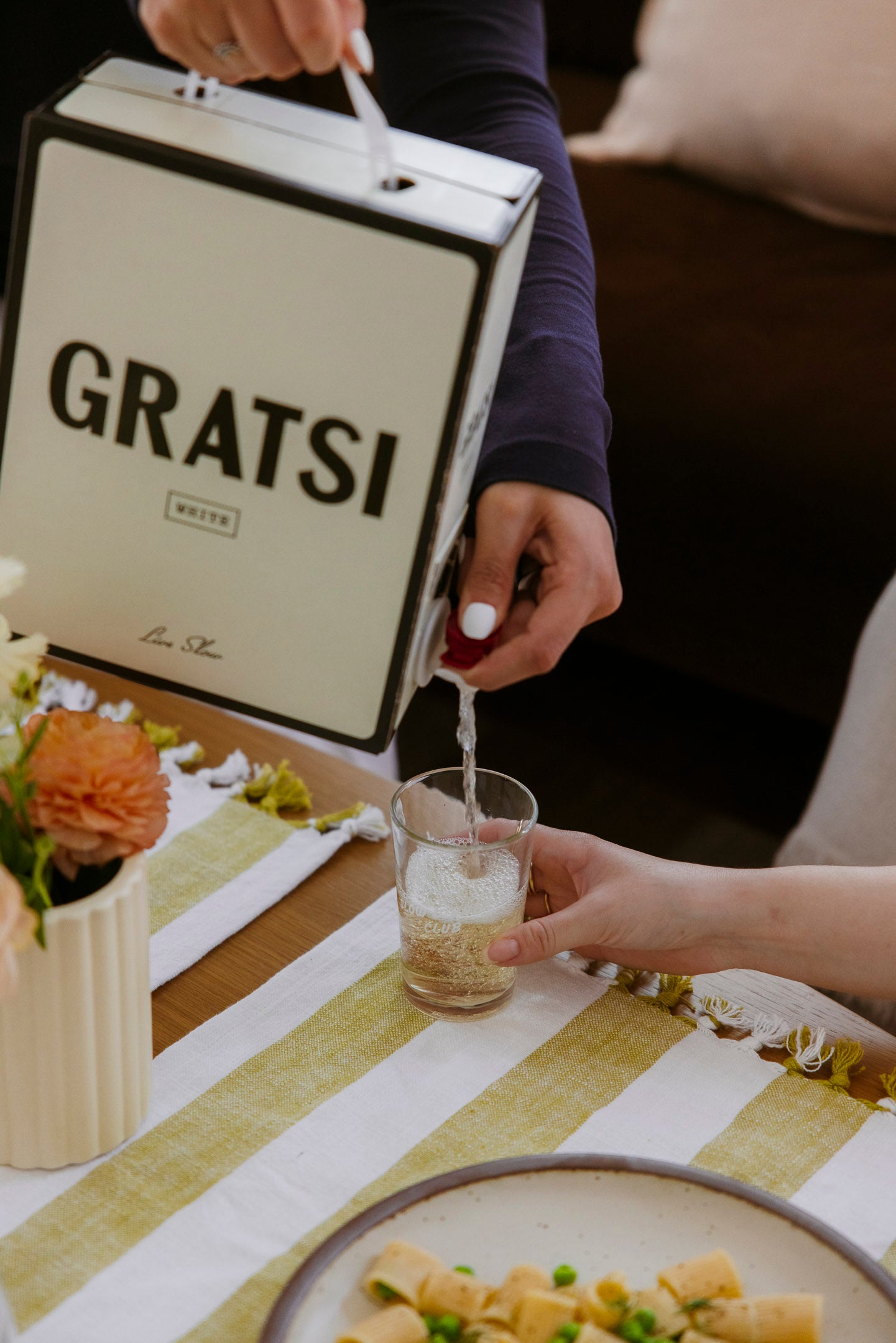
Conclusion: The Future of Wine Is in the Box
The debate between boxed and bottled wine is really a debate between tradition and innovation — between the way we’ve always done things and the way we could do them better.
Boxed wine offers everything modern wine drinkers want:
- 🍷 Quality that rivals bottled wine.
- 🕐 Freshness that lasts weeks, not days.
- 🌍 Sustainability that reduces waste and emissions.
- 💸 Value that makes premium wine more accessible.
- 🧳 Convenience that fits real life.
And no brand embodies that shift better than Gratsi — clean, zero-sugar wines crafted in the Mediterranean tradition, designed for everyday enjoyment. Each 3L box is equivalent to four bottles, stays fresh for 30 days, and is made with nothing but grapes, yeast, and minimal sulfites. All the taste, none of the pretense.
So the next time you’re reaching for a bottle, consider the box instead. Because the future of wine isn’t about clinking glass — it’s about clinking glasses with the people who matter, over the moments that do.


